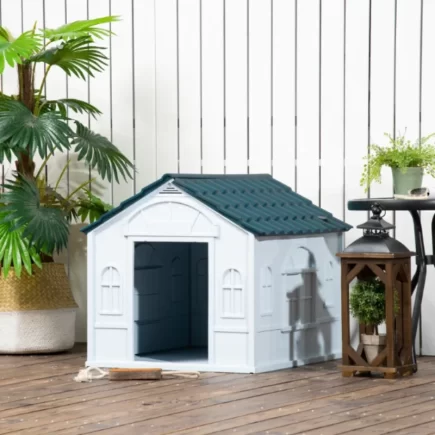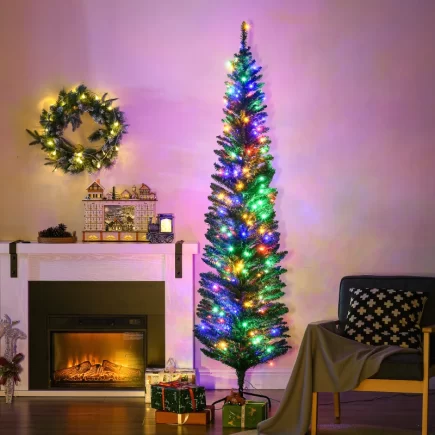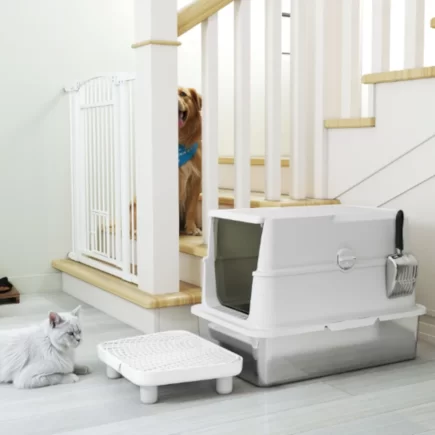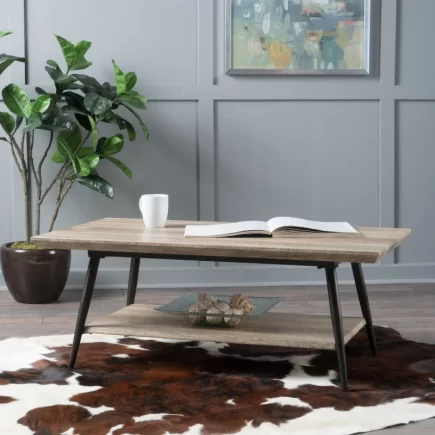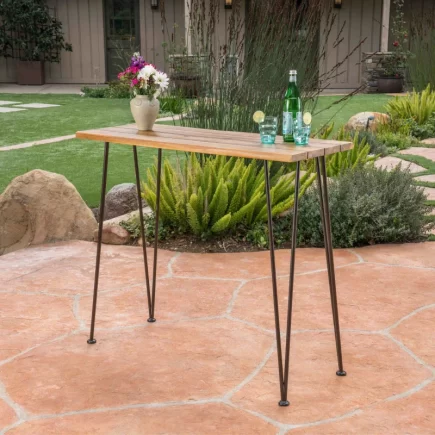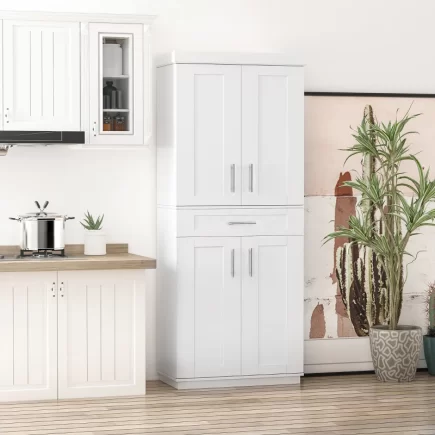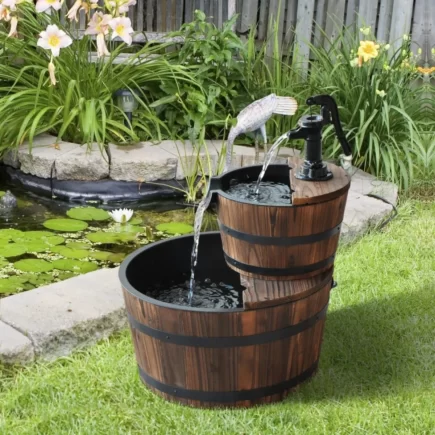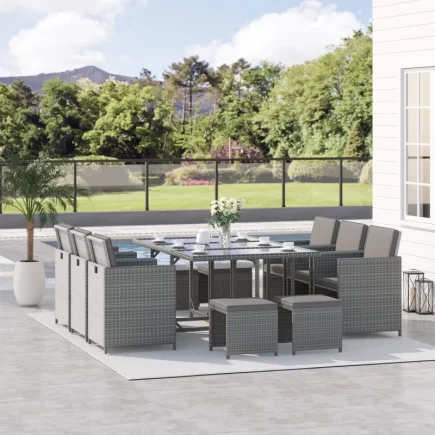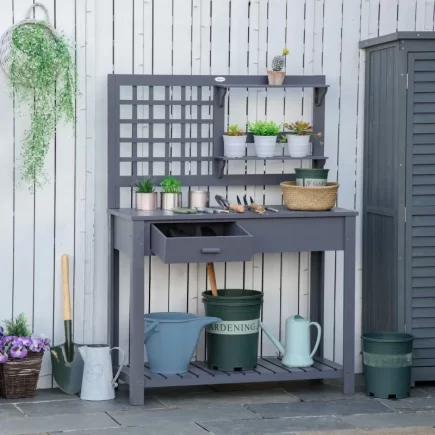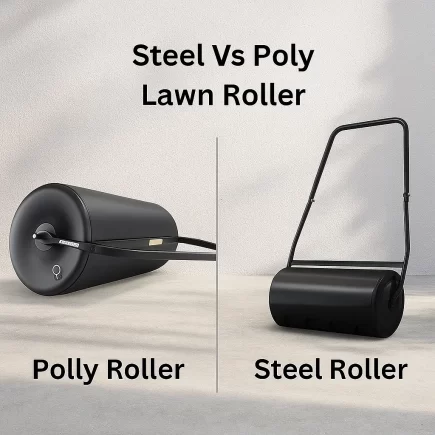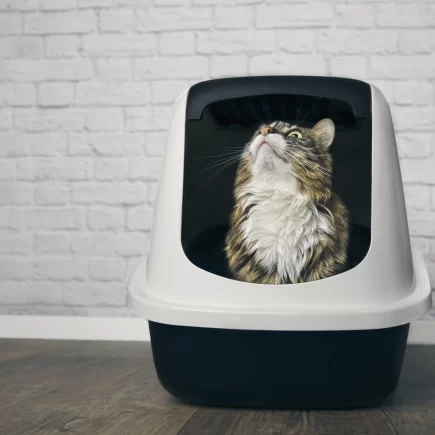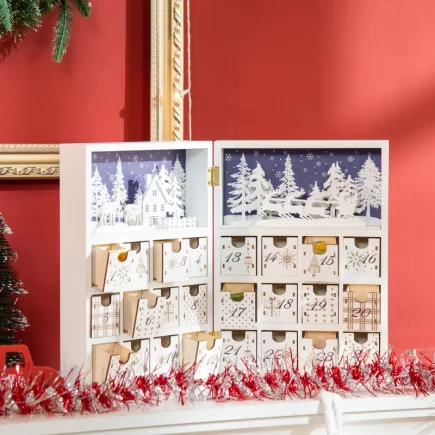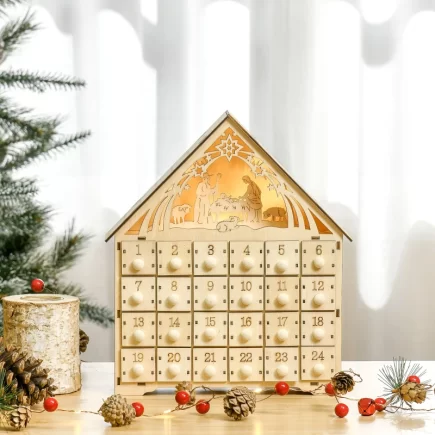A warming tray is a simple yet effective appliance designed to keep cooked food hot and ready to serve without continuing the cooking process. By using a flat heated surface, often stainless steel, ceramic, or glass, it maintains a steady temperature that preserves flavor and freshness for hours.

Whether you’re hosting a holiday dinner, running a buffet line, or just keeping weeknight meals warm until everyone is home, knowing how to use a warming tray correctly ensures your dishes stay safe, appetizing, and convenient to serve.
Preparing the Tray for First Use
If your warming tray is brand new, take time to set it up correctly before the first meal:
- Remove all packaging and protective films.
- Wash removable dishes, lids, or frames in warm soapy water. Dry completely.
- Wipe the tray surface with a soft damp cloth. Never immerse it in water.
- Run the tray empty at medium heat for about 10 minutes. A slight odor or smoke may appear the first time, this is normal.
This initial step ensures your tray is clean, safe, and ready to handle food.
Step 1: Place the Warming Tray on a Heat-Safe Surface
Choose a sturdy, level surface that won’t be damaged by heat. Good choices include granite countertops, heat-resistant wood tables, or metal serving carts.

Safe vs. Unsafe Placement
| Safe Surfaces | Avoid These Surfaces |
| Granite or marble tops | Plastic tables |
| Heat-resistant wood | Laminated wood prone to warping |
| Metal serving carts | Areas near curtains or décor |
Step 2: Plug the Tray Into a Standard Outlet
Plug the cord directly into a 120V outlet. Avoid using extension cords unless necessary; if you must, choose a heavy-duty cord rated for kitchen appliances. Make sure the cord is tucked away so no one can trip over it.

Step 3: Select the Correct Temperature Setting
Most warming trays include adjustable dials with Low, Medium, and High options. Some models use precise temperatures, while others keep it simple.
- Low: Light items like bread, pastries, or side vegetables.
- Medium: Pasta, casseroles, or dishes that need steady warmth.
- High: Heavier foods like meats, stews, or saucy dishes that lose heat quickly.
Example Food Settings
| Food Type | Recommended Setting | Reason |
| Bread, rolls | Low | Prevents drying or hardening |
| Vegetables, pasta | Medium | Maintains warmth evenly |
| Meat dishes | High | Keeps food hot and ready to serve |
Step 4: Preheat the Tray for About 10 Minutes
Turn on the warming tray and give it time to heat up before adding food. Preheating ensures that the surface is evenly hot and ready to maintain your food temperature right away. Most trays signal readiness with an indicator light.

Step 5: Place Fully Cooked Food in Heat-Safe Dishes or Directly on the Tray
Once preheated, place your food:
- With serving dishes: Insert the frame, then add the serving pans.
- Without dishes: Place oven-safe cookware such as glass, ceramic, or metal containers directly on the surface.
- Directly on the tray: Some trays allow food placement directly, but always check the manual and use utensils to avoid scratching.

Tip: Always place food while it’s still hot. Warming trays cannot raise cold food to safe serving temperatures.
Step 6: Cover Dishes With Lids to Retain Heat and Freshness
Covering is the best way to hold in warmth and moisture. If your tray comes with fitted lids, use them. For foods like bread, foil or a cloth cover can help prevent drying. Lids also keep food protected from dust or air exposure.

Tips for Even Heating and Avoiding Overcrowding
Even heating is critical if you’re serving multiple dishes.
- Do not stack food containers on top of one another.
- Spread dishes evenly across the surface.
- Stir saucy or liquid dishes occasionally.
- Avoid overloading, too many dishes reduce heat efficiency.
A good rule of thumb: if the tray looks cramped, it’s overcrowded.
Cleaning After Use: Trays, Lids, and Surfaces
Once your event is finished:
- Turn off and unplug the tray.
- Allow it to cool completely.
- Remove lids and dishes from the frame.
- Wash dishes and lids in warm soapy water.
- Wipe the tray surface with a non-abrasive cloth.

Cleaning Do’s and Don’ts
| Do’s | Don’ts |
| Use mild dish soap | Immerse the tray in water |
| Wipe with soft cloths | Use abrasive sponges or steel wool |
| Dry completely before storing | Store while damp |
Troubleshooting Common Issues
Even quality warming trays sometimes run into small issues:
- Uneven heat: Check that the surface isn’t overloaded or that cookware isn’t blocking heat flow.
- Indicator light not working: Confirm the unit is plugged in securely. On some models, the light turns off once the desired temperature is reached.
- Tray not heating: Try a different outlet to rule out electrical supply issues. If the tray still doesn’t warm up, it may need servicing.
A Warming Tray is one of the simplest ways to keep meals hot, safe, and appealing for hours. With proper setup, placement, plugging in, preheating, and correct dish use, you’ll serve meals that stay warm from the first guest to the last. Clean it carefully, store it properly, and troubleshoot small issues early, and your warming tray will last for years.
FAQs
1. Can a warming tray be left on for an entire day?
Most warming trays are designed for continuous use during events, but it’s best not to exceed 6-8 hours. Leaving it on all day may dry out food and shorten the appliance’s lifespan.
2. What types of dishes should I avoid placing on a warming tray?
Avoid plastic, melamine, or thin glass dishes that can warp or crack under heat. Stick to oven-safe ceramic, glass, or metal containers.
3. Does a warming tray change the flavor or texture of food?
Yes, if left uncovered or heated too long, foods like bread or pasta may dry out. Using lids or foil helps maintain moisture and flavor.
4. Can warming trays be used outdoors during events?
They are not designed for outdoor use because of moisture, uneven surfaces, and exposure to elements. For outdoor parties, use chafing dishes or insulated food carriers instead.

